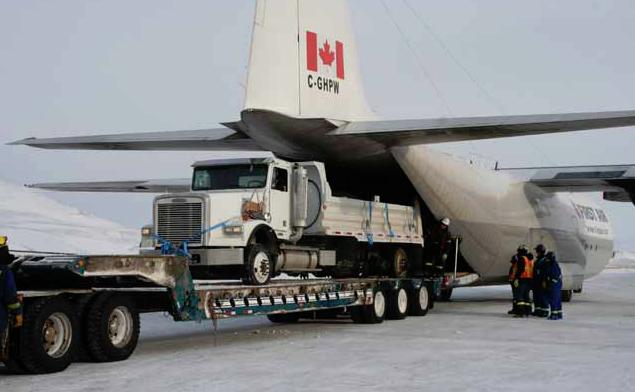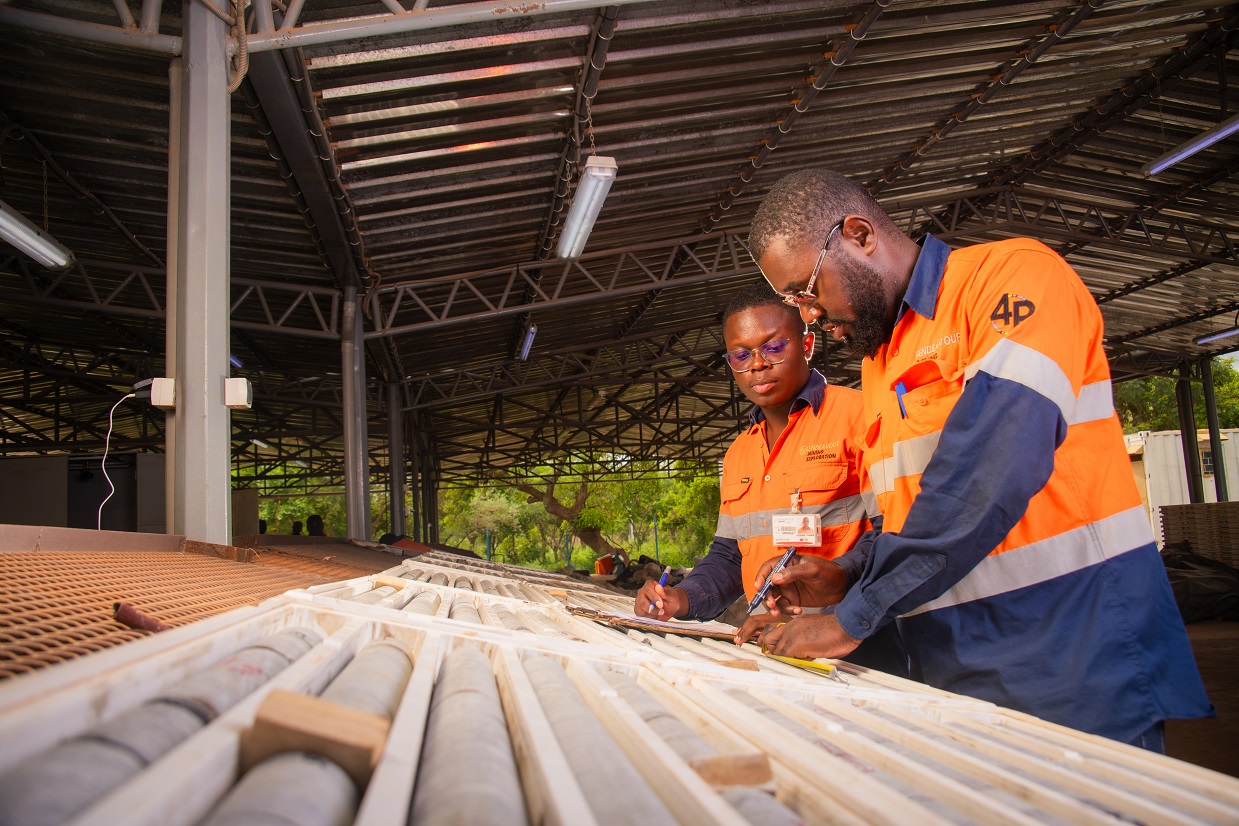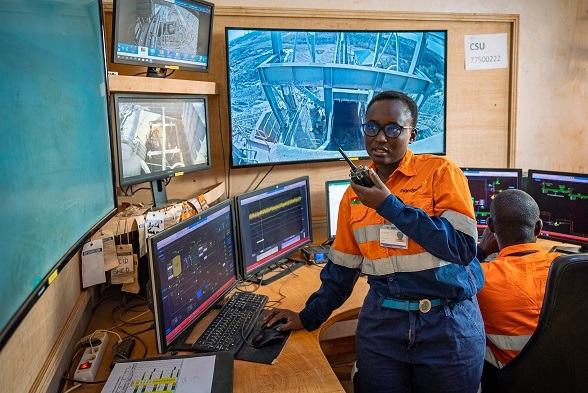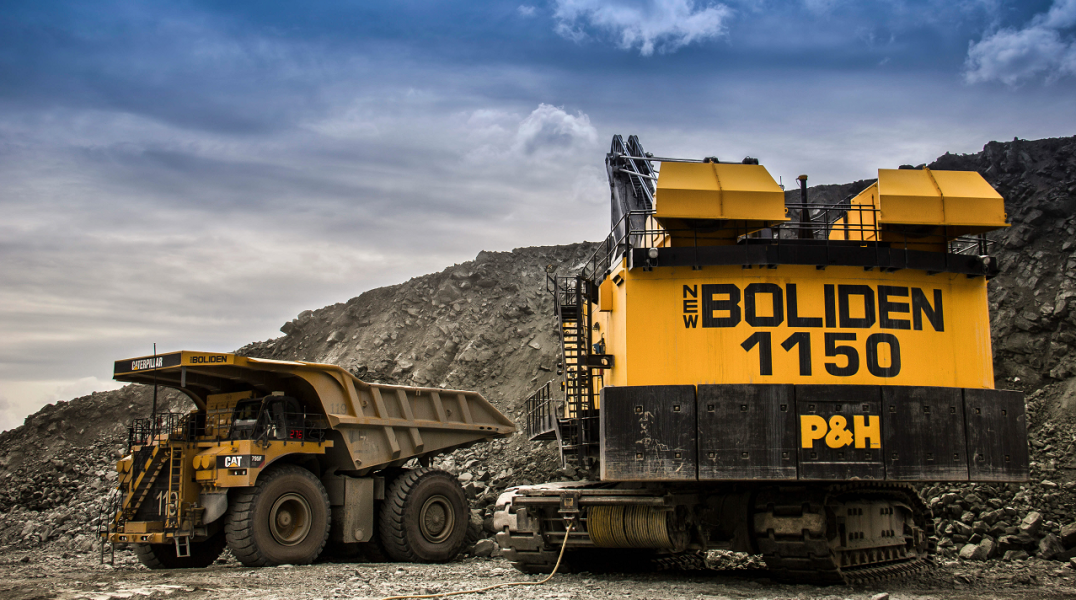
The history of the iron ore deposits at Mary River is a tale of politics, perseverance and hope, as Richard “Bo” McCloskey, chairman and interim CEO and president of Baffinland Iron Mines, reveals to Andrew Pelis.
The story of the Mary River iron ore deposits is a compelling tale of national pride, split opinions and fluctuating prices, with a splash of political intrigue. For these reasons, the high-grade iron ore reserves remain undeveloped, nearly a half century after they were first discovered by Murray Watts and Ron Sheardown.
After much procrastination, that may finally be about to change as the site is now in the ownership of Baffinland Iron Mines. As Richard “Bo” McCloskey, chairman of the board and interim CEO and president, can testify, the desire to begin mining still has several more hurdles to clear, not least of which is the need to secure $4 billion of extra funding.
Toronto-based Baffinland Iron Mines Corporation is focused on its 100-percent-owned Mary River iron ore deposits located about 160 kilometers south of Pond Inlet, Baffin Island, Nunavut Territory, Canada.
The high-grade iron ore deposits were discovered in 1962 and taken to lease by Baffinland Iron Mines Limited in 1971. Exploration and development work was re-started by Baffinland Iron Mines Corporation in 2004, which currently owns three mining leases covering approximately 1,600 hectares (about 4,000 acres) in the Mary River area of Baffin Island. Baffinland is a mineral exploration and development company with a sole focus on the advancement of its Mary River Property, which consists of five high-grade iron ore (hematite/magnetite) deposits.
Perhaps it was fate that McCloskey would end up running the operation that will finally get to dig in Canada’s pristine north. His career path has been intrinsically linked to Mary River for more than 30 years through his work with a number of mining companies. Who better to explain the history of false dawns and the current optimism that Mary River might finally fulfill its promise?
“Part of the problem is that the site is situated on North Baffin Island, well above the tree-line, meaning that the terrain is spectacular but remote—we have rolling hills, lakes and seasonal rivers to contend with, and in summer there are 24 hours of daylight and in winter 24 hours of darkness,” McCloskey comments.
“Deposit No. 1 is 500 meters above the land and can be seen for miles around,” he continues. “The main handicap to this project has always been shipping. If there is an ideal product coming out of the Arctic, this is it. It’s a quarry at the end of a rail line. This opportunity offers everything a miner could ever want: the highest grade of iron ore on earth and well over a billion tonnes [metric tons] of resources. But it also throws up ice as a challenge.”
Back in the days when Mary River had first been discovered, the remote location became a center of national sovereignty and a pawn in a fierce general election, as McCloskey well remembers. “Mary River became a political asterisk in the 1960s; after two feasibility studies were performed, a political storm ensued over the ‘pristine Canadian North being exploited’ by foreign powers—and given that those powers came from a South Africa–owned Anglo-American company, that did not go down very well.
“After those problems came the discovery of iron ore deposits in Australia and Brazil,” he continues, “and the money that could have been spent here was instead used on projects where the logistics were much easier.”
McCloskey says that since then a succession of fractured ownerships never gave the Mary River project the impetus to get off the ground. “Like many mining projects, every mine needs a champion for its cause, but there was split ownership; shortly after the discovery Murray Watts promoted the site, and all the base metal companies in Toronto gave money, but the result was a fractured ownership.
“I became involved with a private company controlling leases in the mid-70s at a time when iron ore was not of much interest and prices were low. At the bottom of the market a few years ago, the purchase of a northern Australian mine brought Gordon McCreary and I together, and we started to talk about approaching Hudson Bay, which owned 47 percent of Mary River.
“After a couple of discussions it became apparent that we could purchase their interest,” McCloskey continues, ”so in 2004 we underwent the conversion of a private company into a public one and the new Baffinland was born. Initially the investment of $5.5 million was raised through friends and business associates.”
Subsequent feasibility studies indicate that there is over a billion tonnes of high-grade iron ore at the site, leaving Baffinland with the dilemma of transportation and logistics. “I’ve never seen a mining project where grade and tonnage are irrelevant, and to have both elements in place eliminated two of the key challenges,” McCloskey states.
Moving the ore across the land to a port where it could be shipped has proven a big stumbling block, however. Given the conditions, heavy ships are needed to break the ice, and improved transportation networks are also an essential element.
Baffinland completed a feasibility study in 2008 with robust economics but a price tag of $4 billion for the capital costs. As 2009 changed attitudes toward large development projects everywhere, Baffinland started to look at different alternatives. It recently completed a conceptual study on road haulage using a 100-kilometer road that transports the ore to temporary facilities where it can be loaded onto ships in the 70- to 90-day ice-free period. This would enable the organization to ship up to 3 million tonnes per year via truck to Milne Inlet. The viability of this project alternative is very much dependent on the price of iron ore per tonne. “This has not been looked at before simply because the prices did not make it feasible,” McCloskey explains.
Having provided a small sample of the iron ore to Europe, McCloskey is extremely confident that demand will be sky-high when full production begins. “It will be like a sought-after and addictive product, in good times and bad, to the iron ore customers,” he exclaims, “but the infrastructure is not in place, and we have 60 to 70 people currently working on exploration.”
Obtaining relevant permits is of course another prerequisite, and McCloskey suggests that this will also take years to accomplish. “We train Inuit people with local knowledge to work with us, and we’re currently negotiating an Inuit Impact and Benefit Agreement as well as conducting an environmental impact study. We expect to obtain the needed permits in about two years. Even though the trucking scenario looks attractive in initial studies, our main focus now is to raise the $4 billion we need to get Mary River into full-scale production. The downturn in the economy came at just the wrong time, as the results of our samples sent to Europe had been spectacular.
“The feasibility studies revealed that a $4 billion investment would see a payback in less than four years,” he adds, “but a junior mining company simply cannot raise that kind of sum. We’re talking to major companies all the time, and there are serious discussions taking place.”
Maybe finally the Mary River project can truly get under way—under Canadian ownership—and that long wait will have been worthwhile.www.baffinland.com













